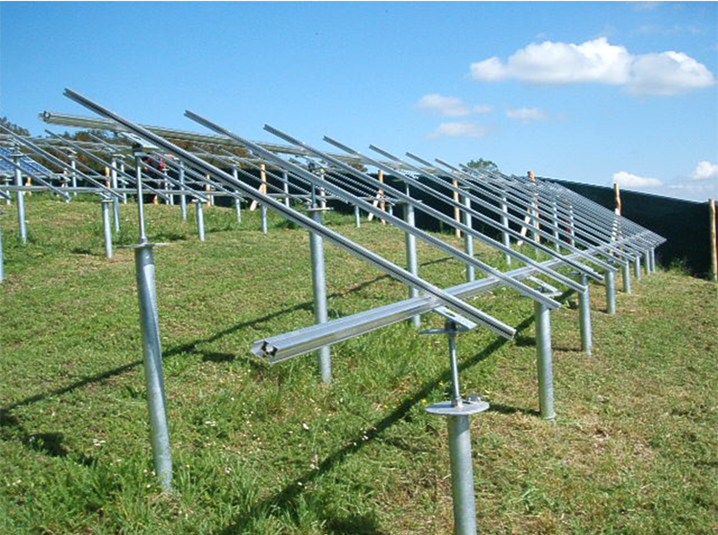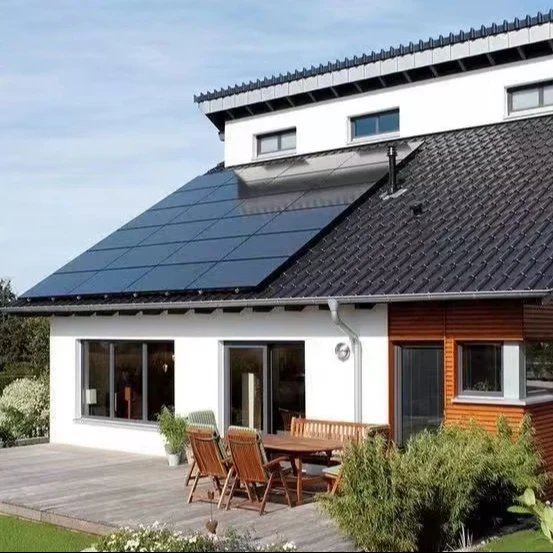-
2103 غرفة رقم 322 طريق شينغغانغ ون، منطقة هايكانغ، شيامن فوجيان، الصين
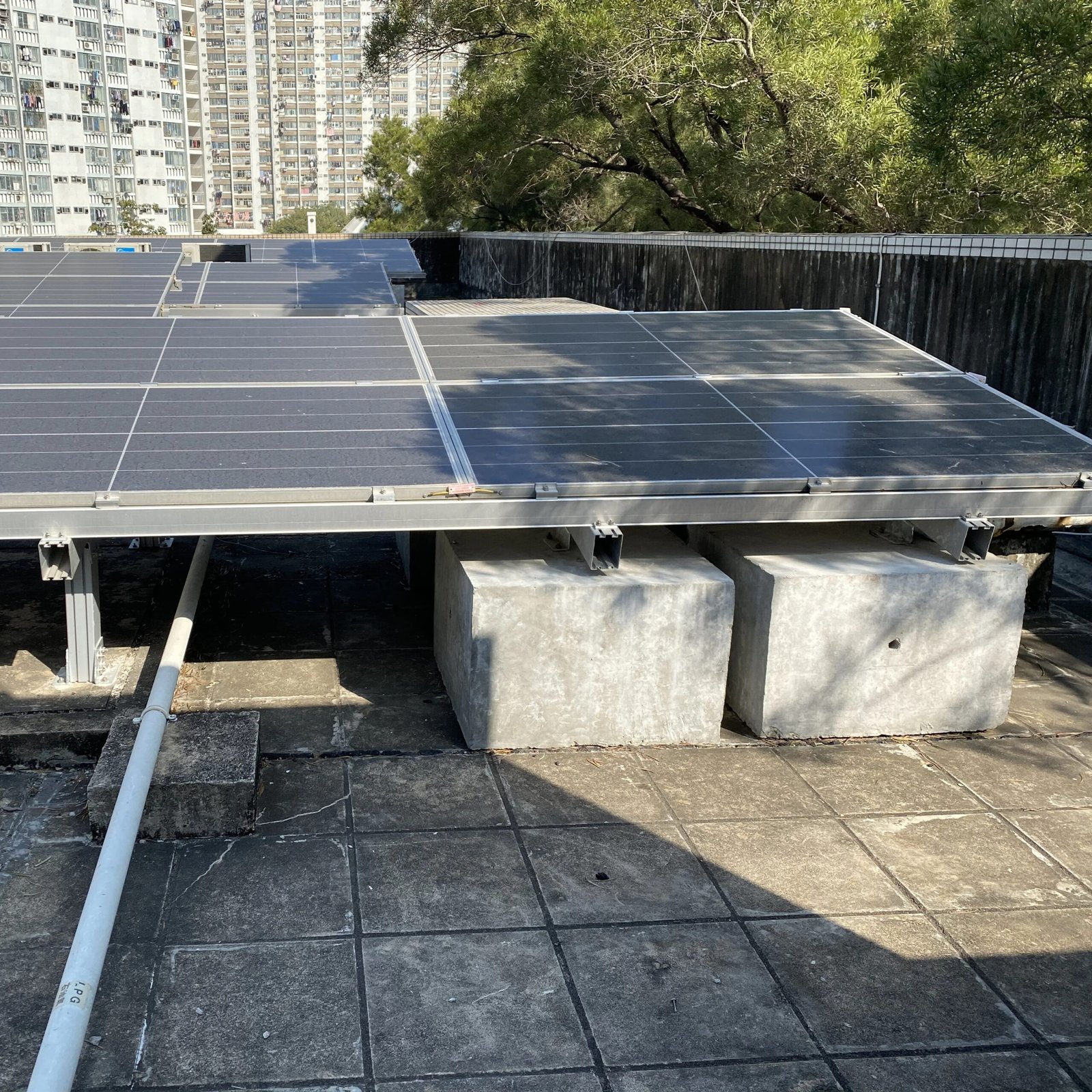
Key Factors Influencing Shadows on Solar Arrays
When installing solar arrays, ensuring maximum sunlight exposure is critical for efficient power generation. However, various factors can cause shadows on solar panels, leading to reduced output. Let’s explore these “troublemakers” and how to mitigate their effects.
Table of Contents
Natural Factors Causing Shadows
Trees: Growing Threats Over Time
Trees are one of the most common natural obstacles. Whether they already exist near the installation site or grow over time, their branches can cast significant shadows over the solar panels.
Especially in summer, dense foliage increases the shaded area, reducing energy generation.
Case Study – Japan:
In Japan, residential solar installations often require yearly tree trimming to prevent shading, especially during peak sunlight months.
Terrain: Hills and Slopes
When installing solar panels in mountainous or hilly regions, it’s crucial to consider terrain shading.
If placement is not carefully planned, hills can cast long shadows during sunrise and sunset, obstructing the panels.
Solution Tip: Consider elevated ground mounting systems such as نظام التركيب الشمسي الأرضي to better adapt to uneven terrains.
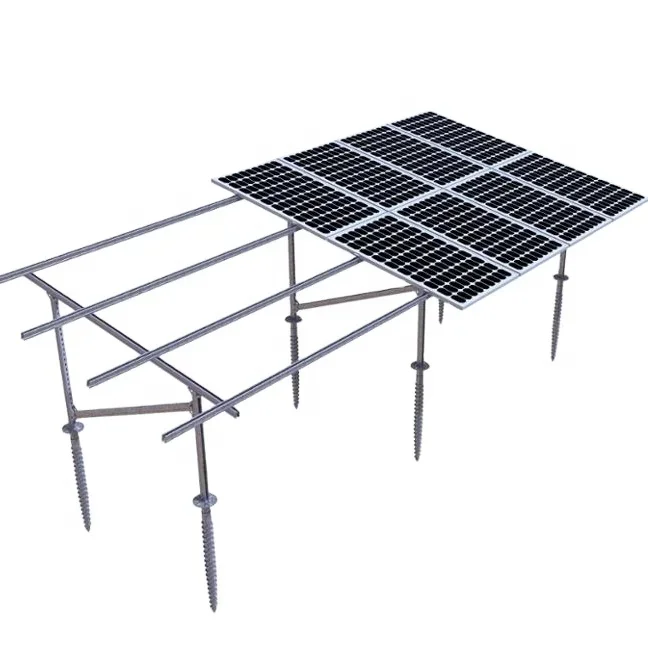
Weather Changes: Clouds and Snow
Sudden weather changes also contribute to shading:
- Thick clouds can temporarily reduce solar irradiation.
- Heavy snow accumulation on panels blocks sunlight.
Installing tilted mounting systems helps snow naturally slide off panels, as commonly practiced in snowy regions like Hokkaido, Japan.
Man-made Factors Leading to Shadows
Buildings: High-Rises and Complex Structures
Nearby structures like houses, high-rise buildings, and even fences can cast significant shadows.
The complexity of building shapes—corners, protrusions, and different heights—creates irregular shadow patterns, further complicating sunlight exposure.
Example:
On Japanese residential rooftops, solar installers carefully analyze nearby apartment blocks’ heights and distances to ensure panels receive optimal morning and afternoon sunlight.
Explore solutions like نظام تركيب الطاقة الشمسية على السطح for better integration with complex roof environments.

Solar Array Design and Installation Factors
Dense Panel Arrangement
If solar modules are placed too closely together, the front rows can cast shadows on the back rows during low-sun angles in the morning and evening.
Tip: A well-designed row spacing, especially for East-West Row Solar Ballasted Roof Racking Systems, can minimize self-shading.
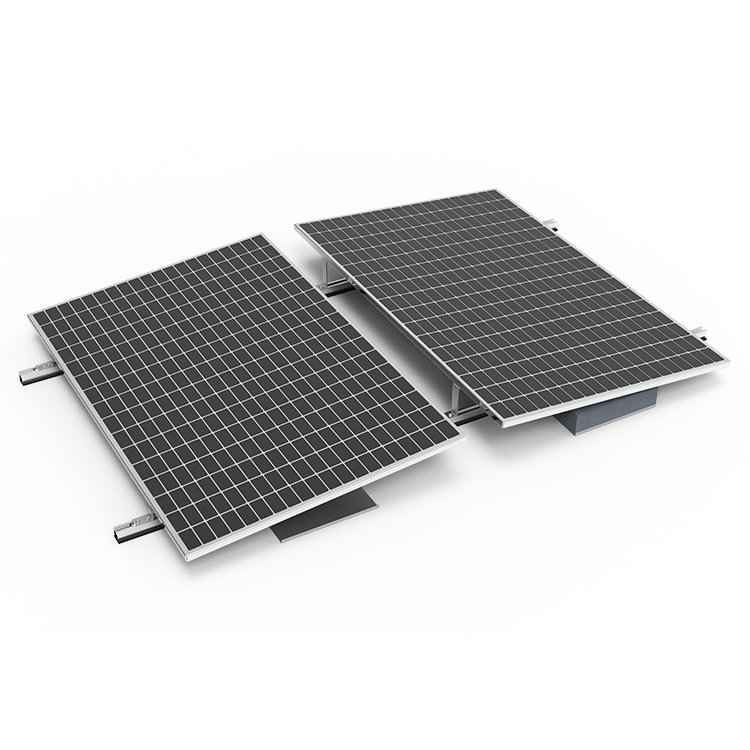
Incorrect Tilt Angles
If the mounting structure’s tilt angle is too steep or the standoff height too high, the support structures themselves can create shading.
Use adjustable systems like ملحقات تركيب الطاقة الشمسية to achieve the optimal tilt angle for your region.
Small Components: Cables and Connectors
Wiring, connection pieces, and other accessories improperly routed across panels can create small but cumulative shading effects, eventually impacting system performance.
Solutions such as Solar PV Cable for Solar Energy Panels can help manage cable runs neatly.
Other Unexpected Factors
Birds and Debris
Birds perching on panels or bird droppings can cause localized shading. Similarly, if solar arrays are installed on agricultural greenhouses, dirty or dusty plastic films can block sunlight.
In Japan’s agricultural solar installations, regular maintenance is scheduled to clean debris and maintain full sunlight exposure, ensuring stable energy output. Consider robust solutions like the نظام تركيب الطاقة الشمسية في الأراضي الزراعية for these environments.
Conclusion: Plan Ahead to Maximize Sunlight
Understanding all potential sources of shading—natural, man-made, and technical—allows solar developers to design layouts that maximize sun exposure.
By proactively addressing these factors, systems can achieve higher output and better return on investment across regions including Japan, Europe, and North America.
Related Links:
- نظام التركيب الشمسي الأرضي
- نظام تركيب الطاقة الشمسية على السطح
- East-West Row Solar Ballasted Roof Racking System Manufacturer
- ملحقات تركيب الطاقة الشمسية
- نظام تركيب الطاقة الشمسية في الأراضي الزراعية

